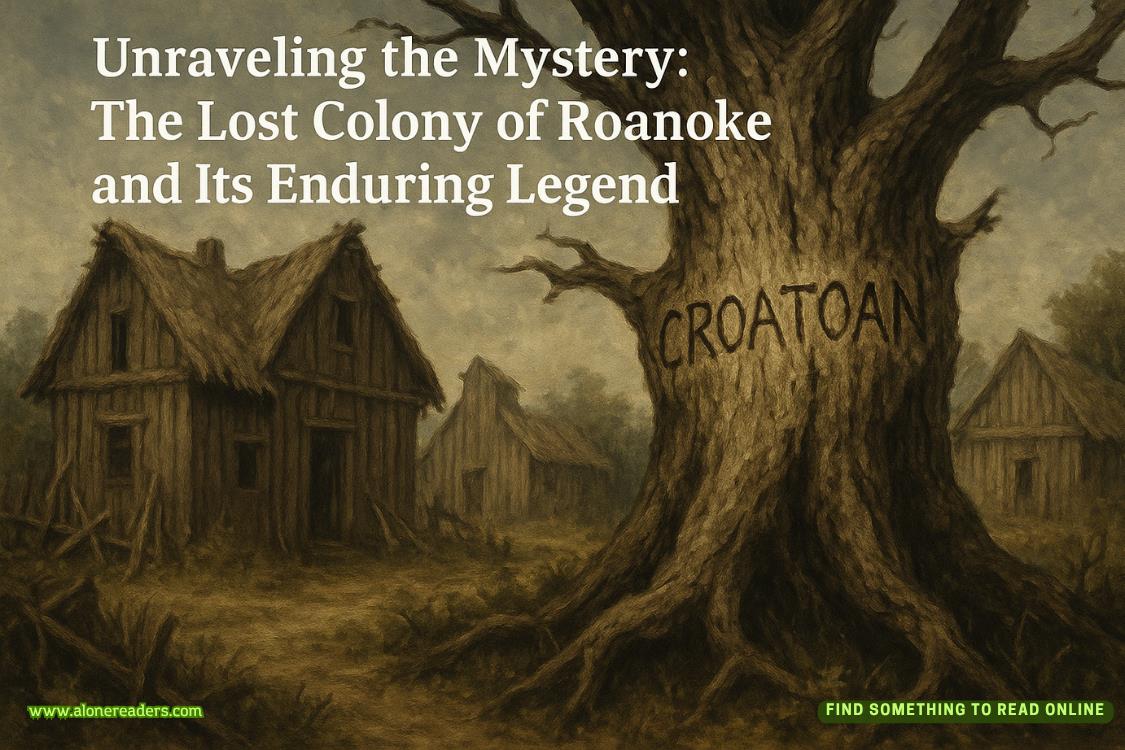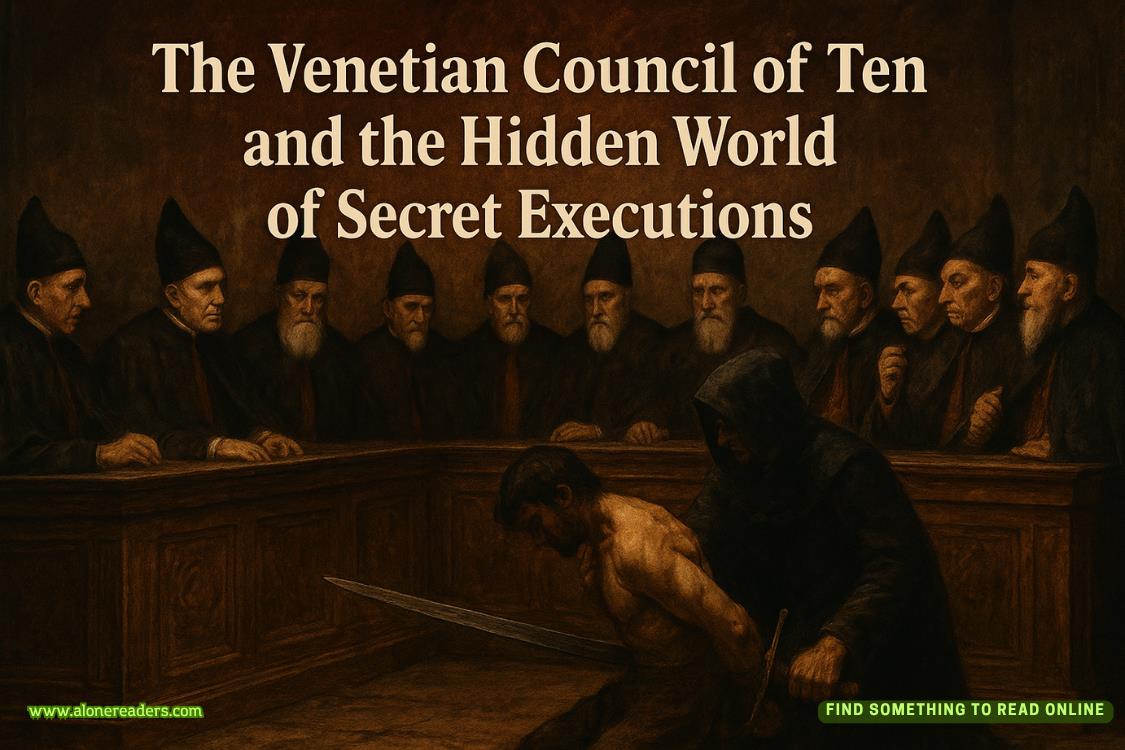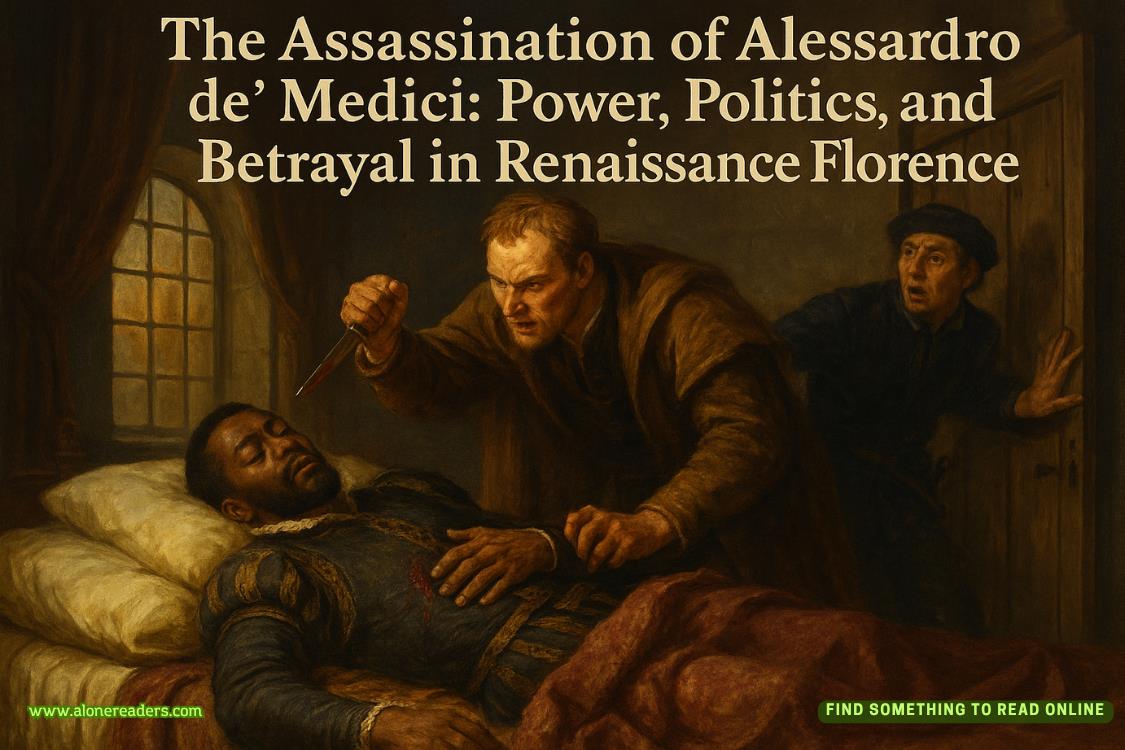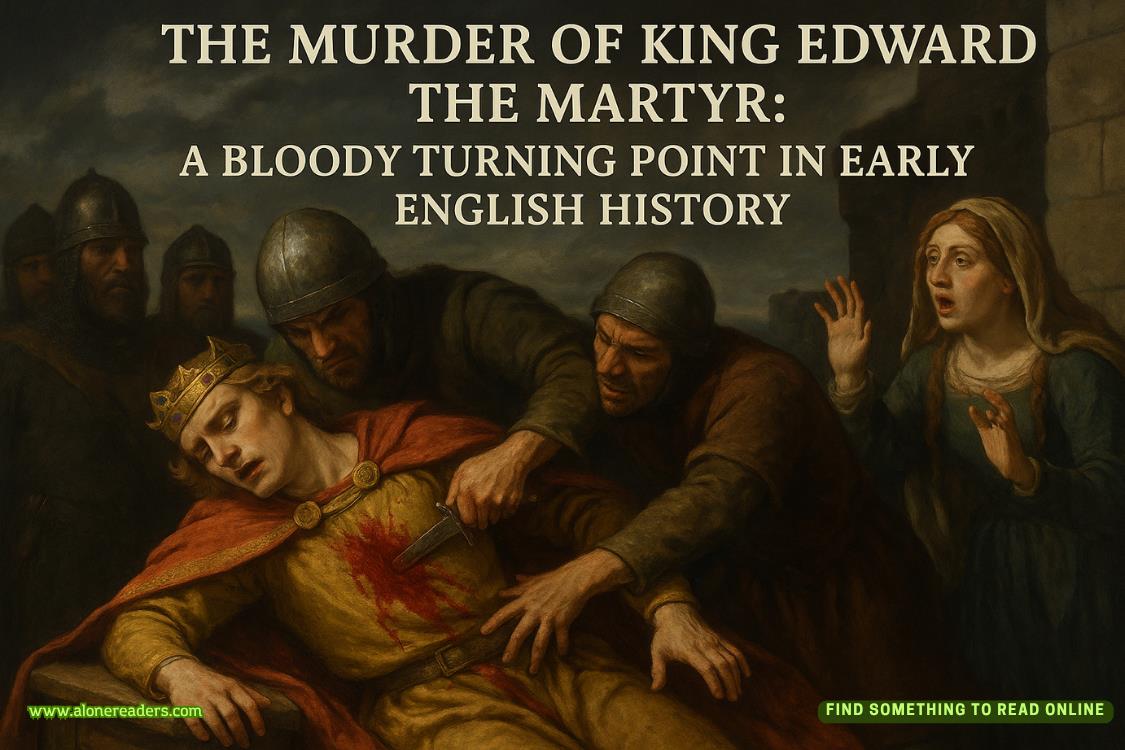Page 103 of The Devil Colony (Sigma Force 7)
Seichan watched from the lip of the open grave.
According to information supplied to them by Eric Heisman, Gray’s team was not the first to violate Lewis’s resting place. A monument committee had dug up Lewis’s body back in 1847, to confirm that it was indeed the famous pioneer in this grave before allowing the construction of the broken-pillar grave marker. The committee’s report to the state legislature also stated their firm belief that Lewis met his end through murder, not suicide, declaring he’d “died at the hands of an assassin.”
The coffin was probably dated back to that time.
A worry nagged at Gray. Had the committee, he wondered, committed any further violation, such as emptying anything they found here?
They were about to find out.
Inside the grave, Gray set the edge of his spade and broke the rusted locks from the wood coffin. With Monk’s help, he got the lid raised. Skeletal remains rested in the tattered remnants of an old suit. Dried bits of flesh still clung in flaking patches.
Monk fell back a step and pointed a thumb up. “I think I’m going to go join Seichan.”
“Go ahead,” Gray said, releasing him from duty.
They were done here.
Folded neatly over the body’s skeletal legs was the hide of a buffalo. It looked to be in poor shape, the fur of the pelt ragged, almost bald, but the leather itself appeared intact.
Gray bent closer to examine it as the crack of a rifle suddenly split the bright morning quiet. Monk came falling back into the grave, sprawling atop the bones.
Gray reached to his side, and his fingers came back bloody.
Seichan leaped down to join them as more shots blasted into the edge of the grave. “Where are our rifles?” she asked.
“Still in the backhoe’s cab,” Gray said.
It was a foolish oversight.
Monk groaned. “Looks like we dug our own graves.”
Chapter 37
June 1, 5:05 A.M.
Yellowstone National Park
Half an hour after getting word from NASA, Painter stood within the landscape pictured on the canopic jar. While he was being airlifted here, dawn had broken across Yellowstone, though the sun had yet to fully rise. The soft glow of a new day cast a magical quality on the small valley.
According to the ranger they’d spoken with, this was one of the most remote areas of the park. Fewer than twenty-five people had ever set foot in this small geothermal basin. To use the ranger’s words, “More people have been to the summit of Everest than have made it to Fairyland Basin.”
Despite the whimsical name, the reason for the lack of visitors was plain to see. The basin lay seventeen miles away from the nearest trailhead, and treacherous cliffs rose fifteen hundred feet all around. Only the most foolhardy dared risk coming here.
Luckily they had helicopters.
The chopper lifted off behind him after the search party had been unloaded.
Ducking against the beat of the rotor wash, Painter yelled to be heard. “We have a little over one hour, people! We need to find that lost city!”
Other helicopters circled overhead, carrying insulated blast boxes that were normally used to explode suspicious packages. The plan was to find the cache of unstable compound. If they couldn’t neutralize it here, the nano-material would be transported hot, out of the valley, and dumped clear of the caldera. That was the primary goal, to protect the supervolcano.
After that, they would address whatever destructive and denaturing force was released by that blast. Kat had the Japanese physicist working up various scenarios, not ruling out a nuclear option if necessary.
But this was a bridge they’d cross later.
First, they had to find the tomb of the Tawtsee’untsaw Pootseev—and it would not be easy. Painter gaped at the towering cliffs, the dark stands of dark lodgepole pines, and the green meadows that rolled outward from the confluence of two silver creeks.
It was a beautiful spot, but it might not be the right spot. That ancient artist may have etched this valley in gold for no other reason than that it appealed to him. It might have had nothing to do with that lost city.
Someone disagreed with him.
“This is the place!” Professor Kanosh stood several yards away, holding a hand to his forehead. “Why didn’t I remember this before?”
Painter headed over to him. Hank stood amid the geothermal structures that gave this valley its fanciful name. Fairyland came from the chalk-gray geothermal structures rising up between the shores of those two streams. They were geyserite cones, according to Chin, formed by the aggregation of mineral deposits left by small geysers. There had to be over forty of them spread over an area half a football field in size. Some were as squat as knee-high toadstools; others towered ten feet tall, reminding Painter of giant African termite hills. Most had long gone dormant, but a handful continued to puff with steam or run with boiling water. According to the ranger, many of the larger cones had specific names: Magic Mushroom, Phallic Cone, Pitcher’s Mound . . .
It was the last of these before which Hank was standing. Steam rose from the top of the largest cone, a minivolcano amid its more stalklike neighbors. Water ran down its sides and flowed in rivulets across the chalk-stone ground.
Painter headed toward the professor as Kawtch splashed in the shallows of the neighboring creek. Jordan stood at Hank’s side, though his gaze shifted often to Kai. Rafael’s party gathered in a clutch on the far side of the geothermal field’s expanse.
Sweeping his cane high, Rafael ordered Bern and his men to begin a systematic search, concentrating on the cliffs. Smart. If there were an entrance to a subterranean city, it would most likely be found there.
“Major Ryan,” Painter called out. “Take your men and check the cliffs on this side of the valley. Chin, you’re with me. I want your assessment about this steaming hot spot here.”
Kowalski followed them, eyeballing the French team across the way with suspicion. “I trust that guy as much as I trust a snake in a boot.”
Painter thought this was a fair assessment, but for now, they had to work together.
“Hank, what did you find?” he asked as he reached the professor’s side.
The professor pointed to the rippled sides of the Pitcher’s Mound cone. Its name clearly derived from the fat fingerlike projections along the rim, making it look like an open pitcher’s mitt.
“Look at this,” Hank said, crouching down and pointing. “Over the centuries, the slow aggregation of minerals must have remodeled this cone somewhat, but the resemblance is still uncanny. Study the silhouette.”















